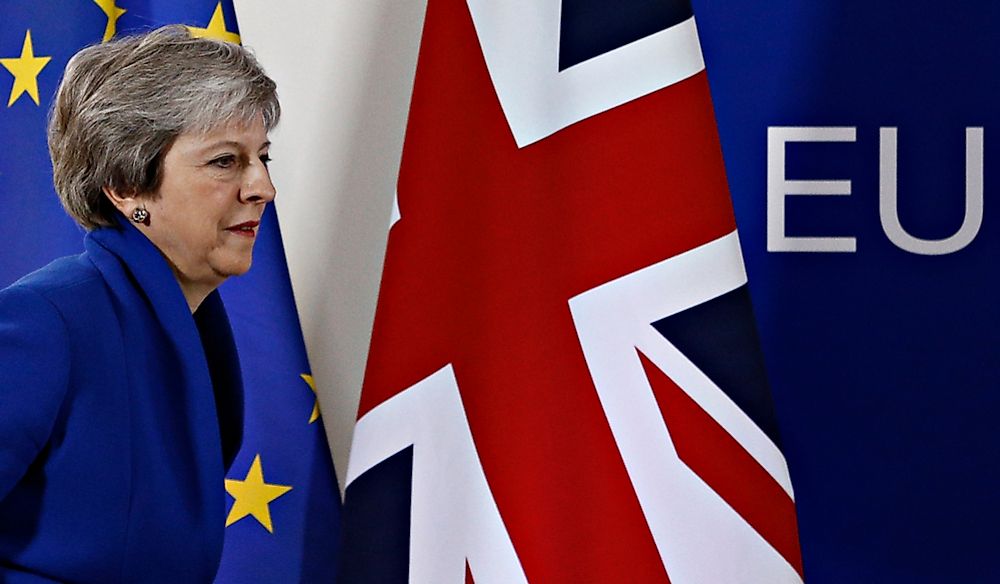Countries That Have Left the European Union

No country has ever left the European Union (EU). However, the United Kingdom (UK) is in the process of withdrawing from the union since it has triggered Article 50. Previously only member territories have left the EU upon gaining independence. Thus, if the UK succeeds to withdraw from the European Union, it will be the first independent country to have ever left the union.
Territories That Have Left The EU
The three territories of members of the EU that withdrew include Greenland, Saint Barthélemey, and French Algeria. Greenland became a member of the EU as part of Denmark in 1973. Even at its point of joining the EU, the public did not support the move. Hence, upon attainment of self-rule, 52% of Greenlanders voted against EU membership resulting in its exit in 1982. Saint Barthélemey is a French-speaking Caribbean island. It joined the EU as part of Guadeloupe, an overseas department of France. The membership of Saint Barthélemey ceased upon the cessation of Guadeloupe. French Algeria was a member of the European Union from 1957-1962. Algeria discontinued its membership in 1962 after independence from France.
The Process of Leaving the European Union
The process of leaving the European Union commences with the invocation of Article 50 which outlines the terms of a country’s withdrawal. The withdrawing country must notify the European Council in writing. On receiving the notice, the council arranges a meeting with the state intending to exit the EU. The meeting engages in discussions regarding the specific arrangements for the withdrawal and a framework for the country’s future relations with the EU. Article 50 stipulates that the European Council members representing the exiting member state shall not be included in the discussions or make decisions affecting it. Upon termination of membership to the EU, a country that wishes to rejoin the union shall follow procedures outlined in Article 49.
The United Kingdom’s Withdrawal Process
The first step towards Brexit was the referendum held on June 23, 2016, under the leadership of David Cameron, who at the time was the British Prime Minister. The referendum would determine whether the UK should leave the EU or not. The votes for leaving the union were the majority at 51.9% versus the 48.1% votes in favor of remaining in the EU. More than 30 million people voted with a turnout of 71.8% during elections.
Consequently, British Prime Minister Theresa May’s administration proceeded on to invoke Article 50 of the Treaty of Lisbon on March 29, 2017. The UK gave written notice to the President of the European Council-Donald Tusk. The treaty grants the EU and UK two years to agree upon the terms of the exit. A legally binding 585-page withdrawal agreement has been drawn setting the conditions for the withdrawal. The two primary areas of focus are the EU monies owed by the UK and the effect of the Brexit on the UK citizens living in EU countries as well as EU citizens residing in the UK. Negotiations of these terms are underway, and the UK is set to leave the EU by April 2019.
The Current State of Affairs
The United Kingdom is the first and only country that has invoked Article 50 of the Lisbon Treaty as of December 2018. No country has left the EU yet.











